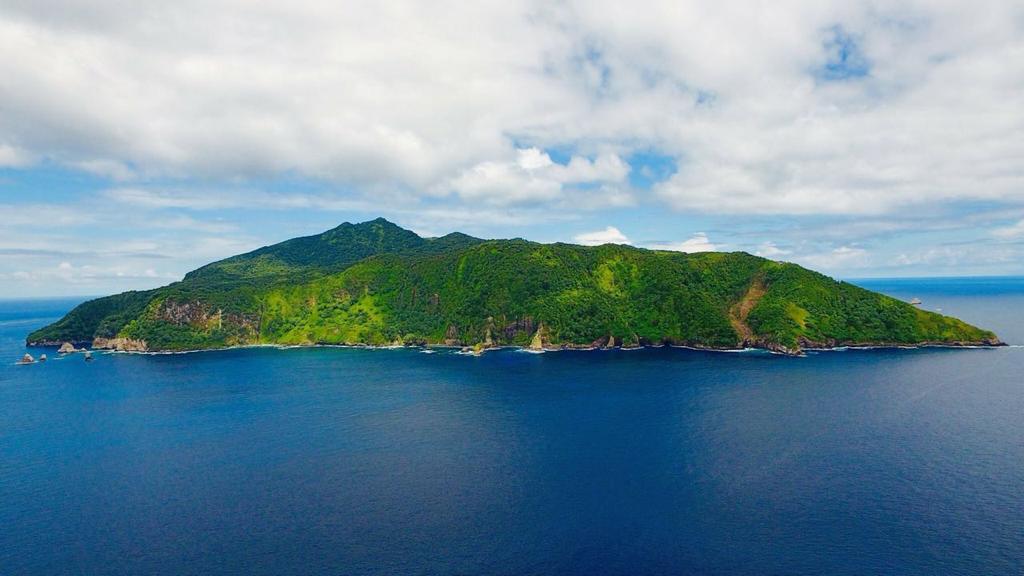On June 22, an activity was held to commemorate the 44th anniversary of Cocos Island National Park. This celebration was an excellent opportunity to highlight the economic, environmental, touristic, and scientific contribution that Cocos Island represents for the country and the commitment and responsibility we have as a country for its conservation.
Despite the efforts made, the island continues to be threatened by illegal and ghost fishing, climate change, pollution, habitat destruction, exotic species, loss of biodiversity, and overexploitation of marine resources.
The park rangers of the Cocos Marine Conservation Area (ACMC) said they face significant challenges daily and that, at times, they do not have sufficient resources to tackle these problems.
The contribution of Cocos Island National Park is invaluable to the country. Preserving this area guarantees the permanence of nutrient cycles essential for life, such as nitrogen and phosphorus, oxygen production, climate regulation, CO2 absorption, conservation and reproduction of critical species for fishing activities, and the development of recreational activities such as diving.
In addition, the island also attracts many tourists. So far this year, 3,689 visitors have been registered, of which 2,398 are foreigners and 1,291 nationals.
“This anniversary is remarkable given the recent expansion of the Cocos Island National Park and the Bicentennial Marine Management Area, with which the country reaches the conservation of 30% of its marine territory. This wise decision translates into an enormous responsibility for Costa Rica to continue to be a reference for protection worldwide, now with greater attention to marine ecosystems,” explained Gina Cuza, director of the Cocos Marine Conservation Area (ACMC).
Many aspects of Cocos Island should be highlighted. For example, it preserves the world’s lowest altitude tropical cloud forest. It is also Costa Rica’s largest National Park, with an area of 54,844 km2. On the other hand, in 10 years, at least 32 new species of birds have been reported.
Cocos Island is essential for sharks. In 2015, juvenile hammerhead sharks were reported for the first time. In 2021, for the first time, a tiger shark neonate was sighted on the island, which could lead to the area being used for reproductive purposes for these species and not only for migratory purposes.
It is noteworthy that about 1,688 marine fauna coexist, and the island is home to approximately 149 species of birds.
“This anniversary invites us to reflect on the significant challenges that exist to intensify efforts in the fight against climate change and the threats that threaten the seas, which, as we know, are not few. Therefore, we must continue building affirmative actions together and develop joint efforts between public institutions, civil society, and sea users to turn the marine protected areas of Cocos Island into an exemplary model for conservation and sustainable use of our ocean,” highlighted Alejandra Villalobos, Executive Director of FAICO.
Coconut Island has been declared a World Heritage Site, Wetland of International Importance (RAMSAR site), Historical Architectural Heritage of Costa Rica, Global Oceanic Refuge, and Natural Shark Sanctuary.






